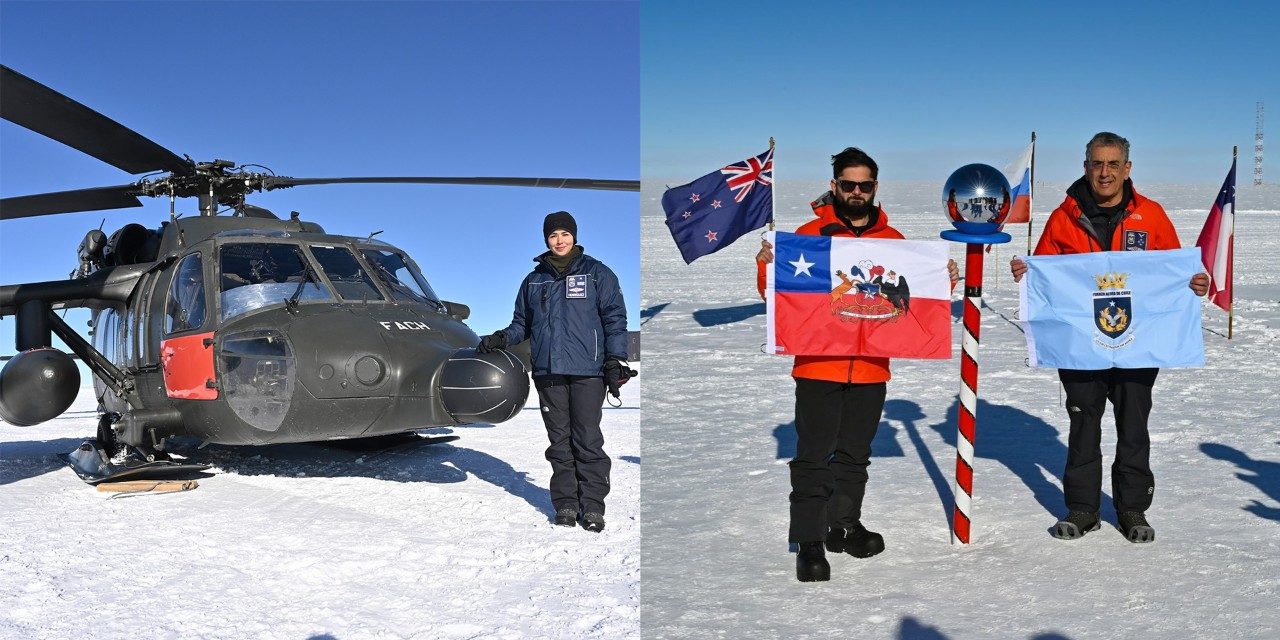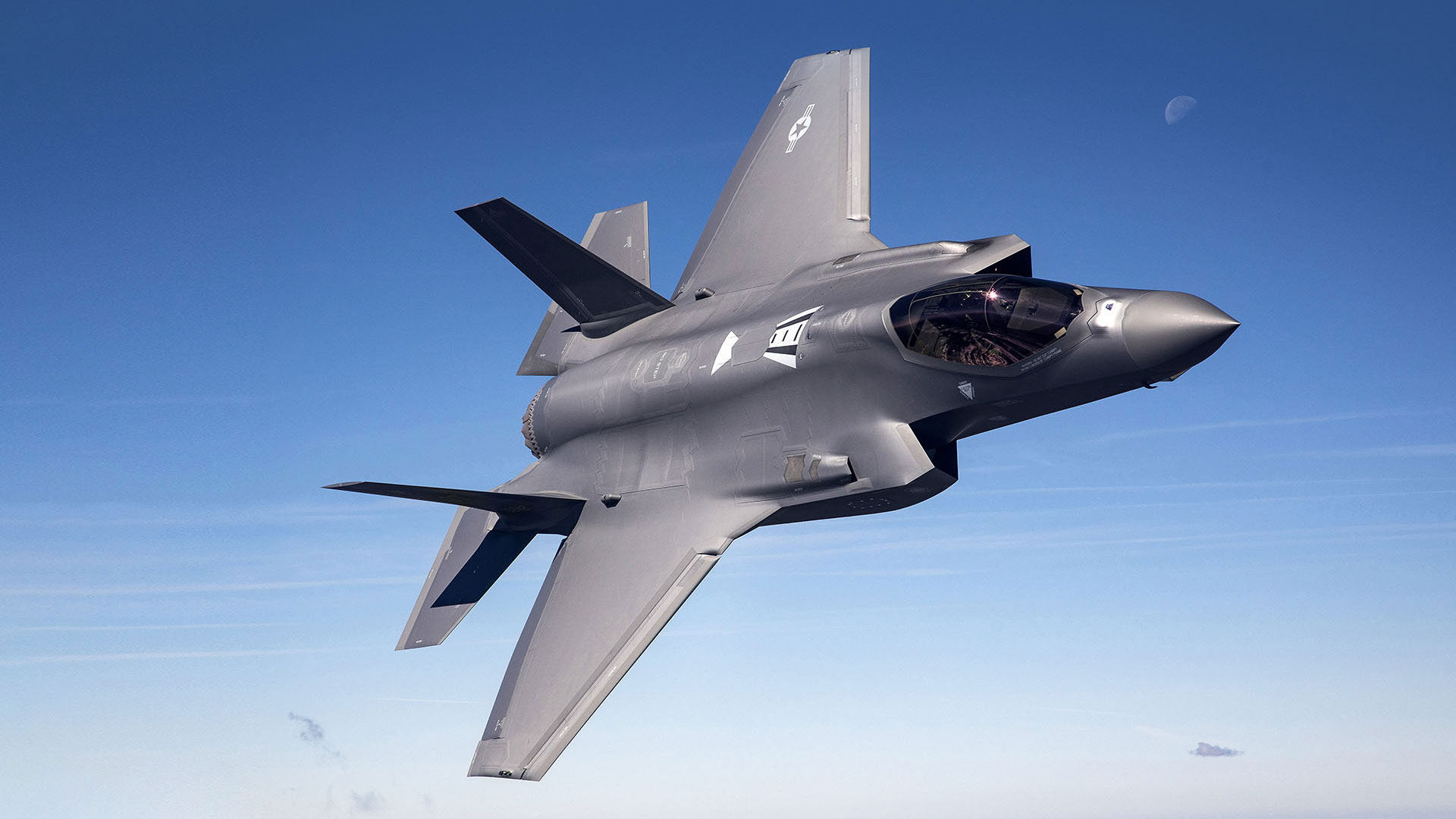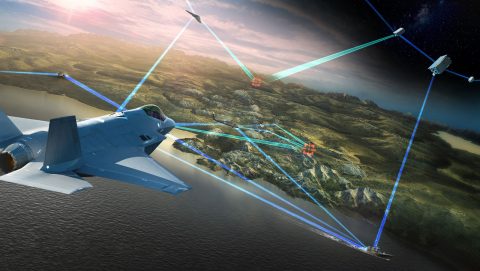Black Hawk Helicopters Soar to South Pole in Historic Chilean Air Force Mission
As one of the most remote places on Earth, the South Pole experiences frigid temperatures as low as –27 degrees Fahrenheit (-33 degrees Celsius). These are the extreme conditions for which the Chilean Air Force prepared for more than 12 months before successfully completing a historic mission, dubbed Operation Polar Star III.
On January 3, the Chilean Air Force deployed two Black Hawk helicopters to the South Pole, marking significant milestones in its commitment to scientific development and environmental protection in the Antarctic region.
The flight made history in several ways. It was the first time a Head of State from the Americas, Chilean President Gabriel Boric, had reached the South Pole. And for the first time, a female Chilean Air Force pilot was part of the crew of a Black Hawk at the South Pole: Captain Natalia Henríquez.

For the two Black Hawks to successfully land at the South Pole in Antarctica, the mission involved multiple stops over seven hours and 6,000 km from Santiago, Chile, which required extensive planning and logistics.
Each day began with operational briefings involving all participants. The aircrews reviewed the weather, fuel, navigation systems, and helicopter performance.
Despite adverse weather conditions, including strong winds and poor visibility, the greatest challenge was refueling in extremely low temperatures. The Black Hawk's ability to fly in these conditions, along with the crew's training, made this mission a success.

The Black Hawk is designed to support special operations such as this one. Its advanced avionics and electronics, along with its high power-to-weight ratio, enabled the Chilean Air Force to carry out a complex and extensive mission.
The success of this operation was the result of rigorous planning, considering logistics, communications, life support, and specialized training. The Black Hawk aircrew participated in an extensive training program, which included operations in the Southern Ice Fields, long-range flight simulations, snow training, and extreme cold survival training. Theoretical training on the Antarctic Treaty, Operational Safety, and Environmental Protocol was also included.
Operation Polar Star III not only reaffirms the strategic role of the Chilean Air Force in Antarctica but also demonstrates the essential role of aerial assets in this type of operation and highlighted the versatility of the Black Hawks in highly complex scenarios.




